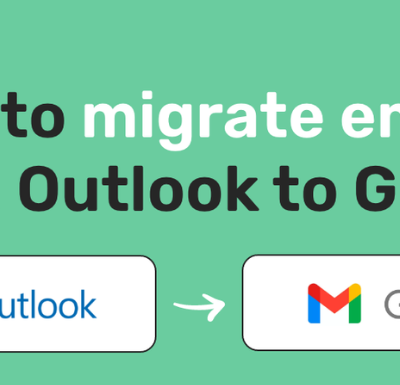How to Search Engine Optimize Your Website for mobile?
The way people use mobile devices has changed over the last decade. Mobile phone searches are consistently rising. If you have a website and it is not optimized for mobile then you are at a great loss. Here are a few tips on optimizing your website for mobile.
Why Optimize for Mobile?
Average time spent on mobile devices are more compared to desktops. According to go-globe.hk “52.7% of global internet user access the internet via Mobile Devices.”
Mobile SEO is a crucial factor as Google is expected to roll out their Mobile First Index update early next year. Through this update, the search engine giant is going to change indexing from desktop to mobile, so it is necessary for you to prepare your website for this update.
Mobile phones are everywhere, they are a part of everything that we do. According to comScore, “the concept of ‘mobile first’ is no longer exclusive to technology-focused businesses and consumers, but is the default position for a growing number of internet users, who now consider smartphones and tablets essential to their daily lives.”
Optimize CSS, JavaScript, or images
In the earlier days, mobile devices didn’t support the elements like CSS, JavaScript, or images. With the enhancement of the mobile technology, these are fully supported. Hence it is a good decision to use the CSS, JavaScript, or images to make sure that your mobile sites are visually pleasing. Hence it is also necessary that you optimize your CSS, JavaScript, or images. It also helps search engines to understand if the site is responsive or you have a different mobile solution.
Page speed
The page load time of the website plays a major role in the design of the website. Mobile devices have a lower RAM as compared to that of the desktop. In some of the cases, network speeds are also slow as compared to that on the desktops. Also, the mobile users require the website to open fast. Hence it becomes necessary that you design the websites that load faster than that on the desktop devices. This helps in providing a better UX to the users. This can be done in a number of ways like:
1.Optimize images in such a way that it is beautiful and load easily
2.Minify the code so that it loads faster
3.Use browser caching so as to help the website loads faster
4.Reduce the redirects of links on the website
Properly focusing on the page speed can help you in making your website load faster and thereby help in the SEO of your website.
Design the website for mobile
It is necessary that you design the website that is optimized for mobile. The website must be designed in such a way that it is designed for mobile. The website must contain the buttons that are neither too small or too big or lies in the path of a finger of scrolling. It must be designed for different finger thickness. This prevents any accidental clicks while scrolling and clicking. Hence it is necessary that you simplify and revolutionize the ways in which the site is designed.
Optimize for local search
A majority of the businesses are locally based. Hence it is necessary that you to optimize website for mobile local search with the help of using local search terms. These can be done by using long-term keywords which provides better results and rank higher on these long-term keywords. With better results in long-term, the website can rank higher even in general keywords. Apart from these, you also need to standardize your name, address, phone number and location in the metadata of your website.
Mobile site configuration
It is necessary that you configure your website in such a way that is mobile friendly. This can be done by making sure that the website is responsive, dynamic serving, or has a separate site configuration. Each of these has its own sets of advantages and disadvantages. Google prefers the responsive design and supports all the three options as well if implemented properly.
Responsive web design:
Responsive web design makes use of CSS3 media queries. It enables you to serve the same content to your mobile and desktop users. It makes use of a fluid grid and a flexible design and adapts to the size of the user’s screen automatically. It allows you to have a number of media queries for different sized mobile devices. These range from tiny mobile screens to even larger tablets and makes the users feel that the site is designed for their device. You can quite easily check if your website is optimized for mobile with the help of Google’s Mobile Testing Tool or another such free and paid services.



Leave a Reply